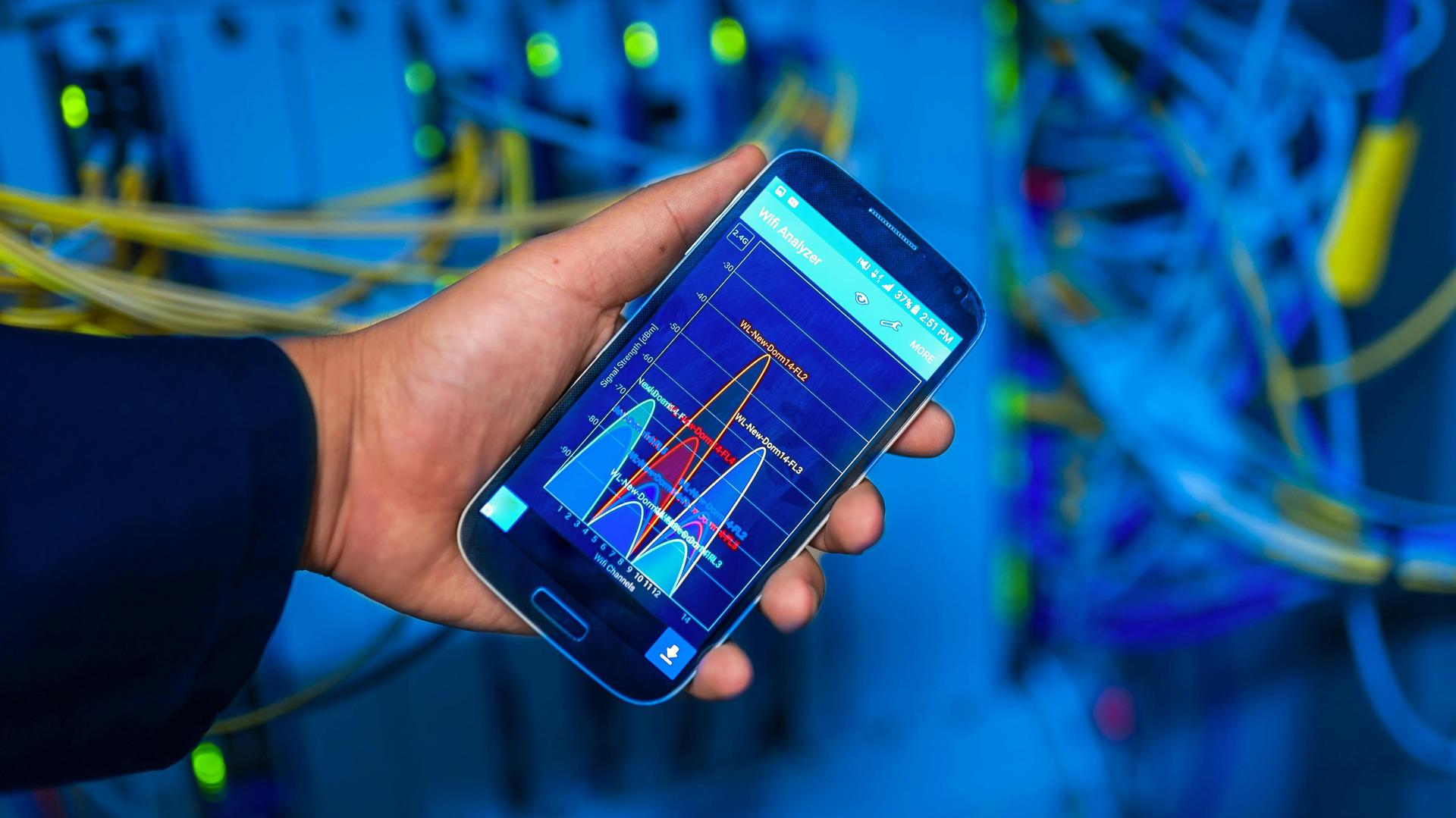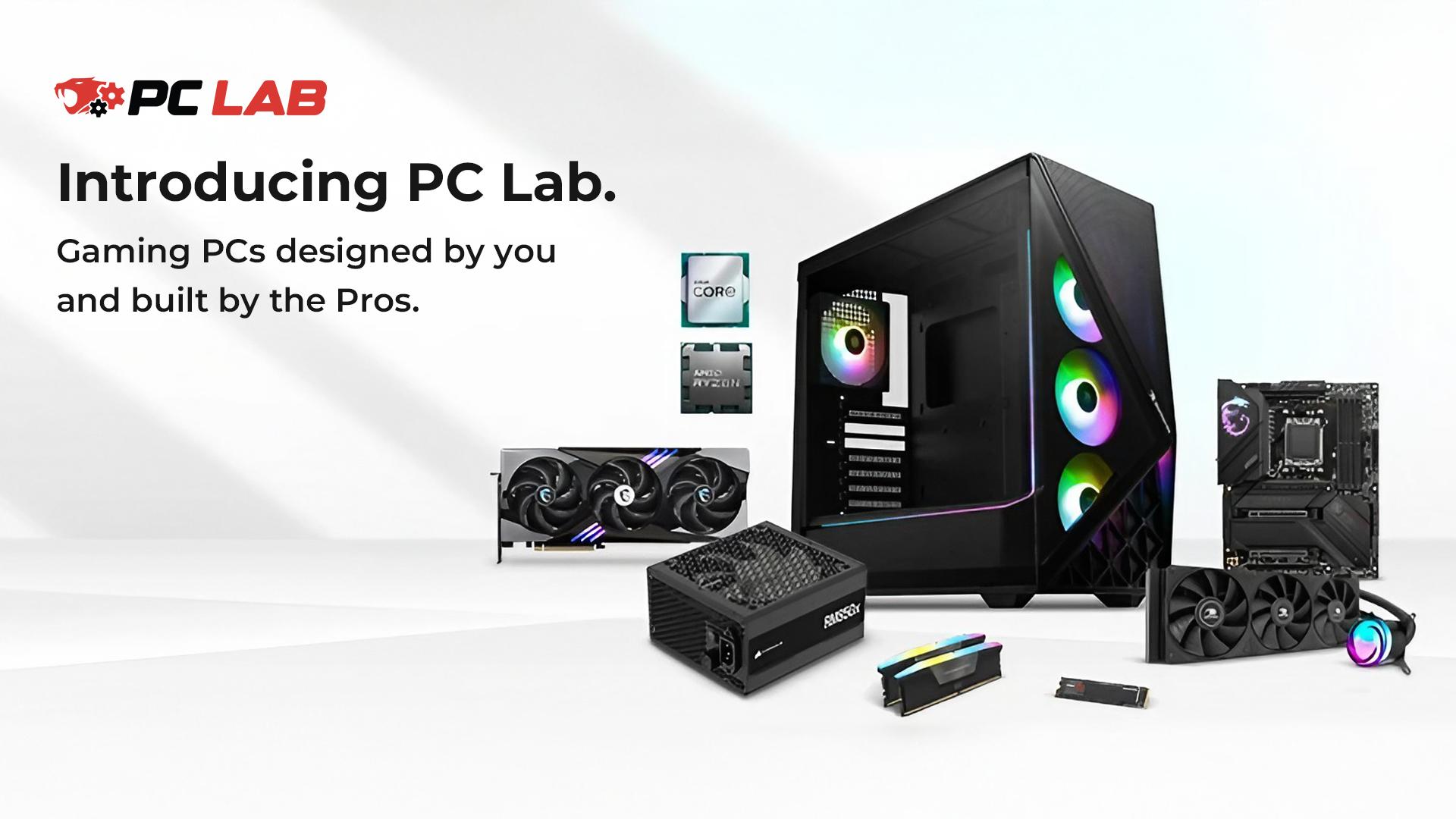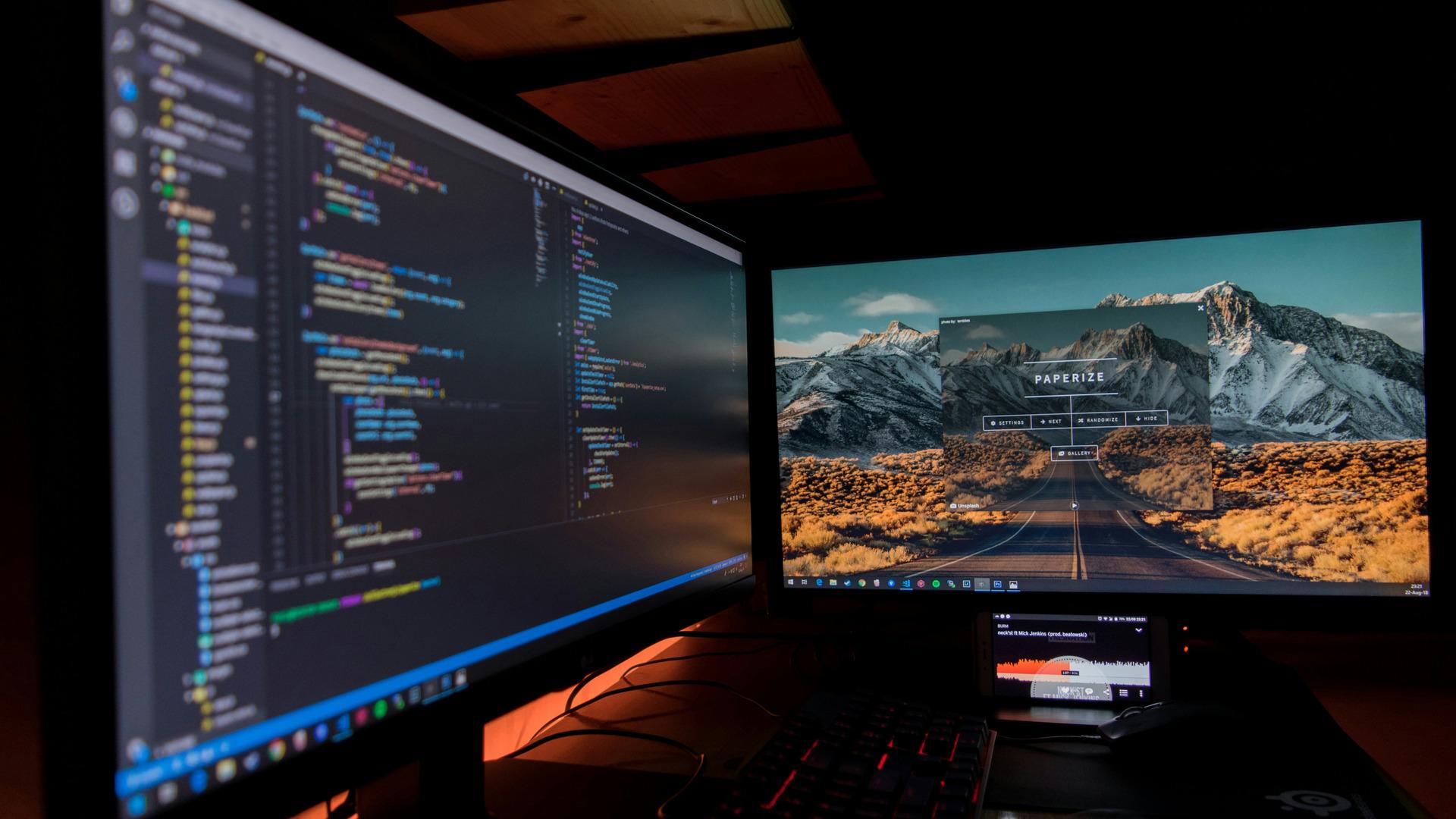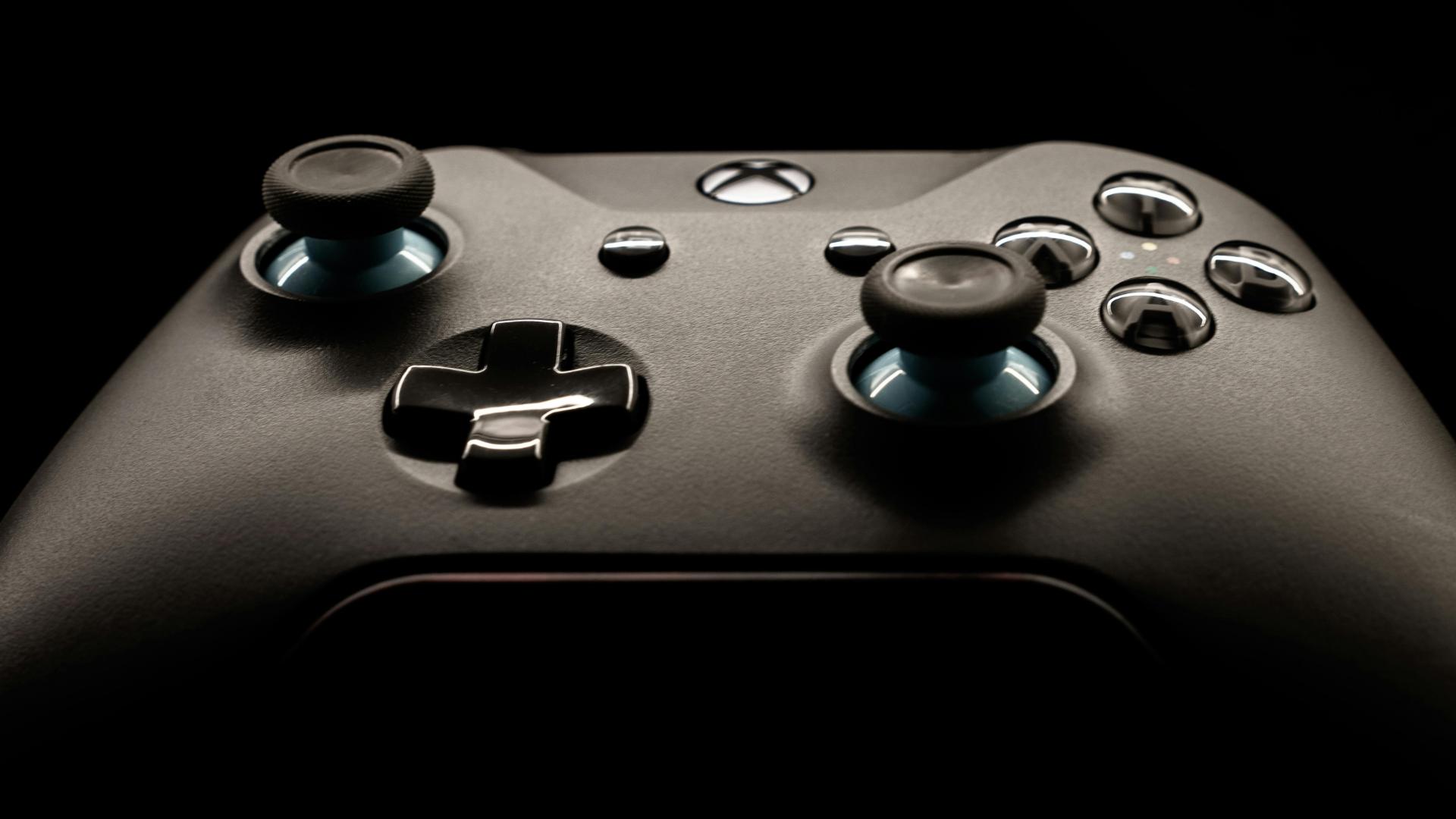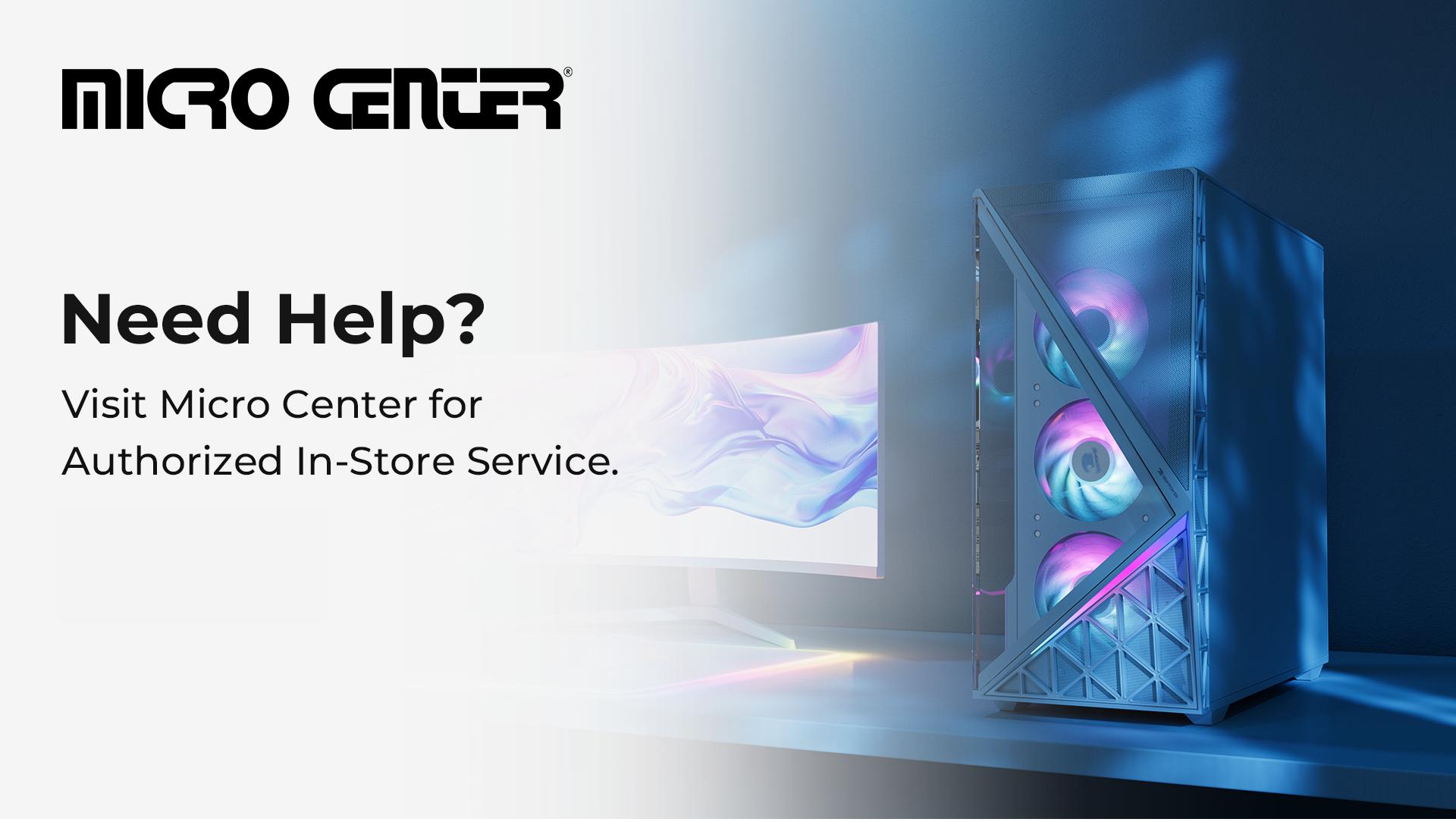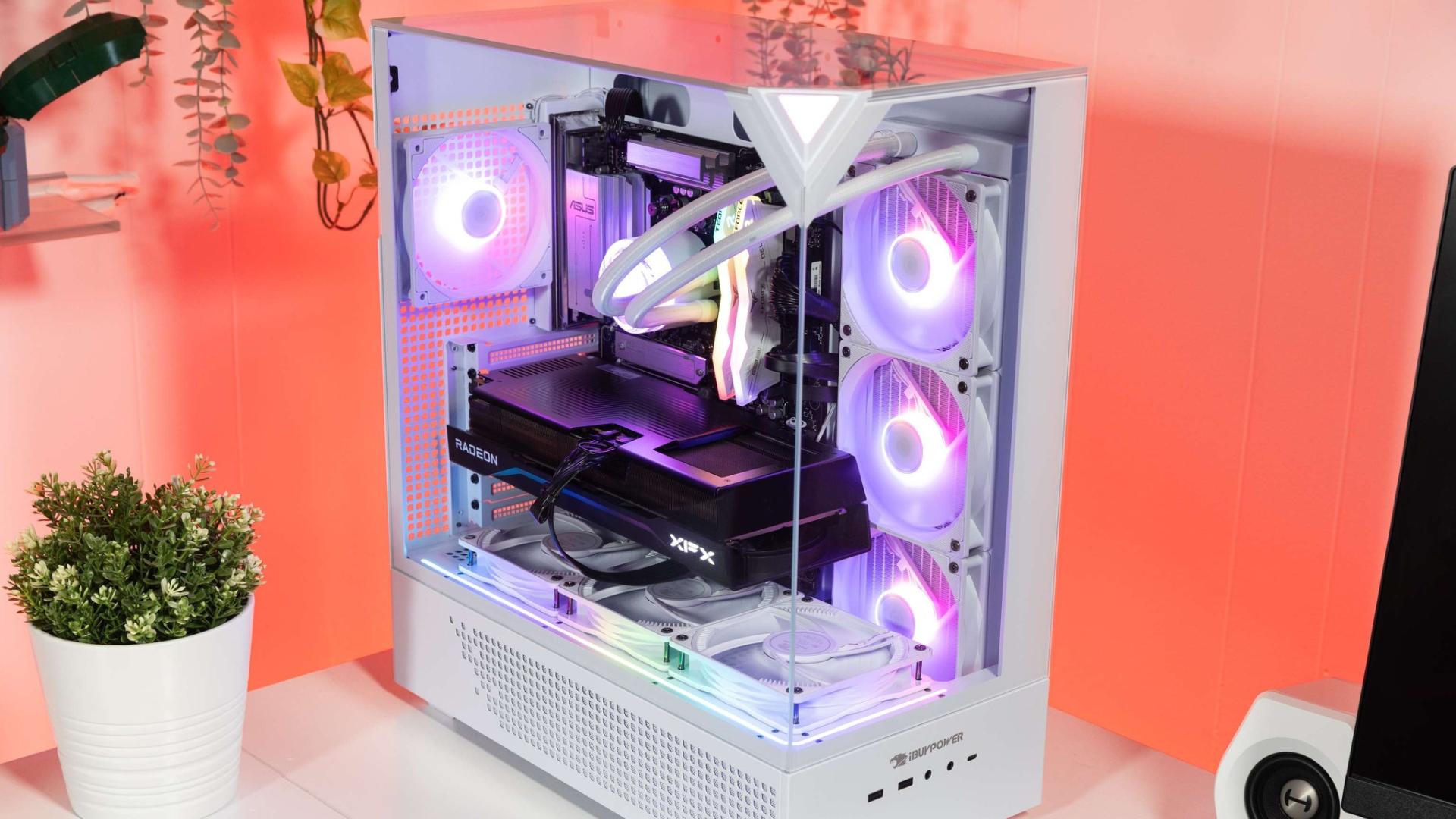Latency can affect your gaming experience, especially if it’s high. High latency can cause frustrating issues like lag, input delay, and unresponsive gameplay, which can diminish your gaming sessions.
Whether battling opponents in a fast-paced first-person shooter or exploring vast MMORPG worlds, reducing latency in gaming is key to maintaining accuracy, speed, and overall performance. This comprehensive guide discusses what latency is, as well as diagnosing and fixing latency issues.
What is Latency in Gaming?
Latency in online gaming, measured in milliseconds (ms), directly impacts the responsiveness of your gameplay. Anything below 100ms is generally acceptable, but the best performance lies between 20 and 40ms. Lower latency means smoother and more enjoyable gameplay, while higher latency results in lag and delays.
There are two types of latency: network latency and system latency. Network latency, commonly known as ping, measures the time a signal travels from your device to a server and back. This constant communication determines the quality of your network connection, with a lower ping indicating that the signal is completing its round trip quickly.
System latency refers to input lag, which is the delay between inputting a command and when the game responds. High system latency can result from poor server processing power, low bandwidth, or packet loss. Packet loss, often expressed as a percentage, measures the amount of data packets that fail to reach their destination.
Latency in Online Gaming
Latency is critical in online gaming, influencing how quickly inputs are reflected. Measuring and diagnosing latency issues is essential for a seamless gaming experience.
Tools to Measure Latency
A ping test is one of the simplest methods of measuring latency in gaming. This diagnostic tool sends an Internet Control Message Protocol (ICMP) echo request packet to a server and measures how long it takes for the signal to travel and return.
A consistent ping test provides valuable insight into your network latency and packet loss. Tools like Traceroute expand on this by mapping how long the path packets take to reach their destination and measuring latency at each “hop” along the route. These tools identify areas of high latency, though some routers may block ICMP packets for security reasons.
Network vs. Hardware Latency Issues
Latency problems in gaming can stem from either network or hardware issues, and identifying the source is key. Start by running a ping test on a known external server (e.g., Google DNS at 8.8.8.8) and testing latency on multiple devices. If high latency is consistent across devices, it’s likely a network-related issue. However, if only one device is affected, the problem may be the hardware or network adapter.
If the issue is the hardware, try swapping out components like routers or Ethernet cables while testing to see if the issue persists. If a single device consistently experiences latency spikes, its network adapter may require attention. High latency across all devices often indicates problems with your internet connection or router configuration.
Causes of Latency Issues
Latency issues in online gaming can arise from several factors, including:
- Location: The distance between your router and the game server impacts latency in gaming. Selecting a server closer to your location is the easiest solution to improve latency.
- Internet Connection Type: Different internet technologies (e.g., fiber vs. DSL) affect latency in online gaming. While both can support lag-free gaming, fiber improves latency and is more reliable.
- Outdated Equipment: Older routers may struggle to handle modern network demands, especially if there are multiple connected devices. Upgrading your router can improve latency and performance.
- Network congestion: High traffic during peak hours can cause issues with latency in gaming, so monitor the network traffic when playing to avoid any problems.
- Outdated firmware: Old equipment can cause latency issues, but updating your equipment can improve latency.
If the problem persists, contact your ISP to check for external network problems. Leveraging these tools and strategies can help you identify the cause of latency issues to optimize your gaming setup for better gameplay.
How to Improve Latency
Improving latency is essential for a smooth and responsive gaming experience. These improvements involve optimizing your network, upgrading hardware, fine-tuning game settings, and addressing potential bottlenecks in your connection.
Optimizing Your Network for Low Latency
A well-optimized network helps improve latency, and there are a few steps you can take.
- Choose the Right Internet Plan: Plans with higher speeds and lower latency are better suited for gaming, especially if multiple users share the same connection.
- Use an Ethernet Cable: Unlike Wi-Fi, which is prone to interference and slower speeds, Ethernet provides a direct, stable connection between your router and gaming device.
- Avoid Over-Relying on Wi-Fi for Gaming: Despite its convenience, Wi-Fi often introduces latency in online gaming due to the distance from the router, interference, and competing devices.
- Optimize Router Setup: If you are using Wi-Fi, place your router in a central location close to your gaming setup to improve signal strength. Avoid physical obstructions like walls or large furniture that can weaken the connection. Enable your router’s Quality of Service settings to prioritize gaming traffic so that your games receive the bandwidth they need, even during peak usage. Also, keep your router’s firmware updated, as outdated software can lead to performance issues.
- Reduce Background Network Usage: Streaming services, large downloads, or other bandwidth-heavy applications can strain your connection and introduce lag. Closing unnecessary programs or scheduling large downloads for non-gaming hours can improve latency.
- Select the Best Gaming DNS Server: A faster DNS server reduces the time it takes to translate domain names into IP addresses, improving overall connection speed. A gaming VPN can also provide benefits such as reduced packet loss and access to more stable servers. Still, choosing a VPN explicitly designed for gaming is essential to avoid introducing additional latency in gaming.
These strategies can significantly improve latency for a more responsive and enjoyable gaming experience.
Fine-Tuning Game Settings
Adjusting your game settings can also help improve latency. First, change graphics settings to balance performance and responsiveness. Lowering your screen resolution can significantly reduce your GPU’s workload to maintain a higher and more stable frame rate. Disabling features like V-Sync eliminates input lag caused by synchronization between your graphics card and monitor. While these changes impact visual quality, they can significantly enhance real-time performance.
In addition to graphics, managing in-game network settings can make a noticeable difference. Some games provide latency indicators or network diagnostic tools, which you can use to monitor your connection and make necessary adjustments.
Finally, keep your game files updated. Developers regularly release updates to fix bugs, so playing on outdated versions can introduce unnecessary lag or glitches that disrupt gameplay. You can maximize your gaming performance and improve latency by fine-tuning your game settings and staying current with updates.
Software and Driver Optimization
Ensuring your software and drivers are current reduces latency in gaming. Checking your hardware manufacturer’s website to keep your drivers updated is especially important for your network adapter and GPU. Updated drivers often include performance enhancements, along with bug fixes to address latency issues.
Latency-reduction software like network boosters can also improve your gaming experience. These tools prioritize gaming traffic on your network, minimize packet loss, and streamline data flow, causing lower latency and a more stable connection. While these tools are not a substitute for a well-optimized network, they can provide additional support for demanding online games.
You should also turn off unnecessary background applications, which can consume system resources and increase latency. Before gaming, close non-essential applications to ensure your system is focused entirely on delivering the best gaming performance possible.
Enhancing Hardware to Improve Latency
Investing in high-performance hardware minimizes latency in online gaming, as low-latency peripherals ensure your inputs are registered quickly and accurately. With PC hardware, selecting a fast CPU and GPU that can handle modern games while upgrading to NVMe SSDs reduces load times and improves responsiveness.
If you’re looking for high-quality gaming PCs and peripherals like monitors to elevate your setup and improve latency, check out the latest options on iBUYPOWER. For budget PCs, visit our deals page or our coupons page to find the latest discounts on all our products, such as gaming accessories and hardware.
To stay updated on all things iBUYPOWER follow us on our socials
Instagram iBUYPOWER
Facebook iBUYPOWERPC
TikTok @iBUYPOWER
Reddit /r/iBUYPOWER
Discord iBUYPOWER
